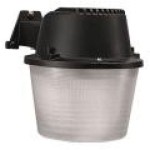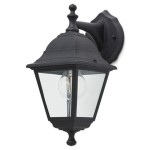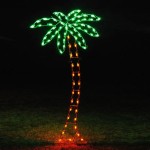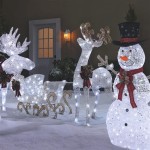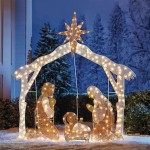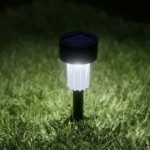What Is the Most Durable Material for Outdoor Furniture?
Choosing the right material for outdoor furniture can be daunting, given the wide variety of options available. Durability is a crucial factor, as outdoor furniture faces the elements, from scorching sun and rain to snow and extreme temperatures. While there is no singular "most durable" material, understanding the strengths and weaknesses of each option allows for informed decision-making and can set the stage for years of enjoyment from your outdoor space.
1. Teak: The Classic Choice
Teak wood has long been a celebrated choice for outdoor furniture, renowned for its natural durability and resistance to decay. Teak is known for its high oil content, which makes it naturally water-resistant and protects it from rot and the elements. Its dense grain structure also makes it resistant to scratches and dents, ensuring its longevity. Teak's rich color and pleasant aroma add an element of sophistication to any outdoor setting.
However, teak is also a relatively expensive material, and its durability can vary depending on the quality and origin of the wood. While teak is naturally durable, it still requires proper care and maintenance. Regular cleaning and oiling are essential to keep the wood protected and prevent it from fading or becoming brittle. Over time, teak can develop a silvery-gray patina, which can be a desirable aesthetic for some but might not align with everyone's preferences.
2. Aluminum: Lightweight and Long-Lasting
Aluminum is a popular choice for outdoor furniture due to its lightweight nature, corrosion resistance, and ease of maintenance. Aluminum is naturally resistant to rust, making it ideal for coastal areas or environments with high humidity. Its light weight makes it easy to move and rearrange, and it is often used for chairs, tables, and even outdoor dining sets. Aluminum's versatility also allows for various finishes, ranging from powder-coated colors to brushed metallic effects.
While aluminum furniture is generally considered durable, it can be susceptible to dents and scratches, especially if exposed to harsh impacts. Aluminum's high thermal conductivity means it can become hot under direct sunlight, making it less comfortable in warmer climates. While aluminum is generally maintenance-free, periodic cleaning with mild soap and water can help maintain its appearance.
3. Wrought Iron: Elegant and Sturdy
Wrought iron is a classic choice for outdoor furniture, known for its strength and durability. Wrought iron's intricate designs and intricate details add an element of sophistication and elegance to outdoor spaces. Wrought iron is naturally resistant to rust and corrosion, making it a long-lasting investment. However, wrought iron is a heavy material, making it less convenient to move or rearrange.
Wrought iron requires regular maintenance to prevent rust, including painting or powder coating. Wrought iron furniture can be prone to scratches and dents, and its intricate details can sometimes gather dirt and debris. To maintain its aesthetic appeal, periodic cleaning and repainting are essential. While wrought iron can be heavier than other options, its strength and durability make it a formidable choice for outdoor furniture.
4. Synthetic Materials: Modern and Maintenance-Free
Synthetic materials such as polyresin, wicker, and HDPE are increasingly popular for outdoor furniture due to their durability and low maintenance requirements. These materials offer a wide range of colors and textures, replicating the look of traditional materials while providing enhanced performance. Synthetic materials are typically resistant to moisture, fading, and the damaging effects of UV rays, making them ideal for prolonged exposure to the elements.
Polyresin and HDPE are highly durable and weather-resistant, while wicker offers a more traditional aesthetic. Synthetic materials are generally lightweight and easy to clean, often requiring only a simple wipe down with a damp cloth. However, some synthetic materials can be prone to scratching, and their durability may vary depending on the brand and quality of construction.
Choosing the right material for outdoor furniture is a matter of considering your needs, budget, and aesthetic preferences. Each material has its own strengths and weaknesses, and the best choice will depend on your specific requirements and desired use.

Pros And Cons Of 3 Kinds The Most Durable Outdoor Furniture Lagoon Design

The 7 Most Durable Outdoor Furniture Frames Elegance Patio Design Center

The 7 Most Durable Outdoor Furniture Frames Elegance Patio Design Center

What Is The Most Durable Outdoor Fabric Why It

The 7 Most Durable Outdoor Furniture Frames Elegance Patio Design Center

The 7 Most Durable Outdoor Furniture Frames Elegance Patio Design Center

Pros And Cons Of 3 Kinds The Most Durable Outdoor Furniture Lagoon Design

13 Best Outdoor Furniture Fabrics Fabric For Upholstery

What Is The Best Material For Outdoor Furniture Amish

Highly Rated Water Resistant Outdoor Patio Furniture
